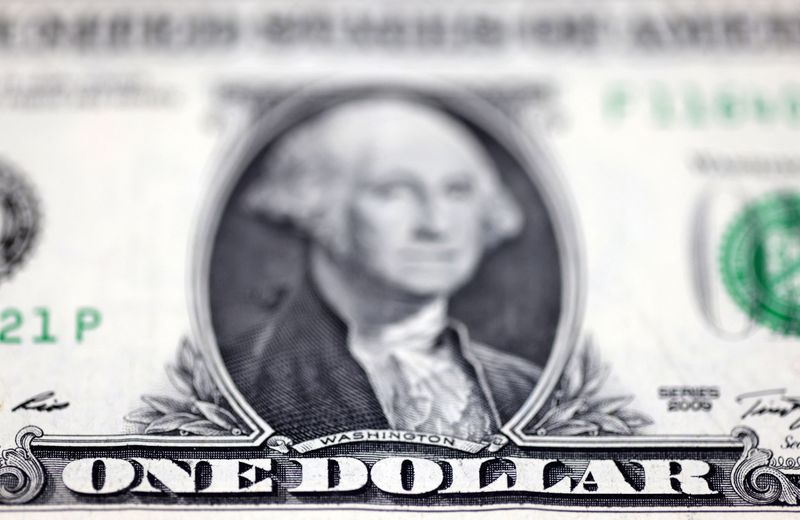The U.S. dollar has retreated Tuesday despite the confirmation of U.S. tariffs on Mexico and Canada, as well as an increased rate on Chinese goods. This means the risk/reward basis remains attractive for long dollar positions, according to Citi Research.
At 06:45 ET (11:45 GMT), the Dollar Index, which tracks the greenback against a basket of six other currencies, traded 0.5% lower to 106.110, down over 1% over the last month.
“Markets have been taking Trump tariff announcements with relative calm; however, we note the increased China tariff rate to 20% means we have already seen a bigger increase in the US effective tariff rate over the last 30 days than over the entire course of the first round of trade negotiations in Trump’s first administration,” said analysts at Citi Research, in a note dated March 3.
And there are also the 25% tariffs applied to Mexico and Canada to account for.
“We continue to see current levels as attractive for USD longs as trade wars are just getting started. Even though the timing of new tariffs has potentially been slower than markets expected in January, the magnitude is significant,” Citi added.
The bank suspects markets may need to re-calibrate after the announcement of an increase in tariffs on China from 10% to 20%.
EUR/USD may be focused on the potential for increased military spending, but this spending will take place over many years and will still take some time to begin. In the meantime, trade wars are likely to increase.
“And while the optimism around Europe’s military build-up may ultimately prove to be a positive for EUR, the reality in the coming months/quarters is that: (1) the US “security blanket” for the EU is dwindling and (2) Europe soft power no longer has relevancy in the new age of realpolitik. We think markets may be too focused on the potential long-term positive and not enough on the immediate real issues at hand.”




